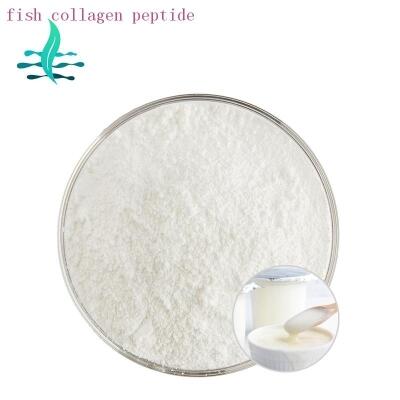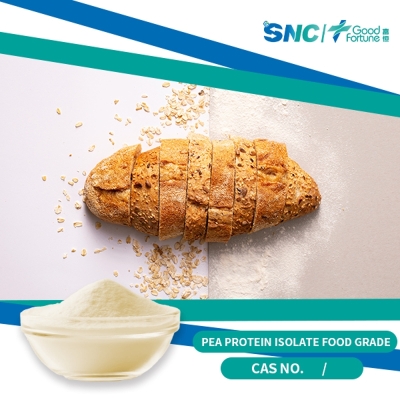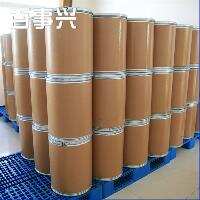Comparison of L-methionine, DL-methionine and methionine hydroxyl analogue at high temperatures.
-
Last Update: 2020-07-30
-
Source: Internet
-
Author: User
Search more information of high quality chemicals, good prices and reliable suppliers, visit
www.echemi.com
has been using synthetic amino acids in animal feed for more than 50years.. Ljcchemically synthesizedDL-methionine--- 50%L-methionine andD-methine50%are among the important amino acids in poultry feed.. Ljcwe think methionine is an essential amino acid that must be added to feed because the animal sits on itself. . Over the past 50 , we have made significant progress in the relationship between amino acids and feed conversion rates needed for maximum lean meat deposition. . Recently, L- methionine obtained by chemical and fermentation separation were obtained in the market. But many studies need to be done before declaring that its relative bio-efficiency has improved. . In addition, data needs to be applied to support these findings. But until now, it has been unconcluded whether the L- methionine has reliable product quality and market supply. . The difference between D- methionine, L- methionine and methionine hydroxyanalog analogue methionine is present in the form of D- methionine and L- methionine, as do all amino acids. There is no difference in chemical composition between the two isomers, but there are differences in molecular composition. . Like all amino acids, methionine contains 1, central carbon atoms and 40, from the central carbon atoms. . In the case of methionine, these four groups include the niobium ( COOH ), amino ( NH 2 ), hydrogen atoms ( H ), R group (for methionine C 3 SH 7 ). . D- methionine and L- methionine differ in the difference between the groups three-dimensional space around the central carbon atom. . Enzymes are so sensitive to the morphology of these isomers that animals can only convert L- methionine into proteins. . The chemical structure of methionine hydroxyl analogues is similar to those of methionine. It consists of a niobium base, a hydrogen atom, and a R group from the central carbon atom. However, methionine hydroxyequivalent ( OH ) replaces amino. Methionine hydroxyl analogue is present D- and L- isomer form. . The commodity methionine and methionine hydroxy-likes produced by chemical synthesis produce D- methandionine and L- methionine in the same amount of mixtures. Commercial methionine produced through fermentation can only produce L- isomers. . Once the intestinal absorption and conversion to L- methionine , D- methionine and L- methionine use energy - sodium ion-dependent transporters and energy - sodium ion non-dependent transporters mainly through vector-mediated active transport into the intestinal wall (figure 1 Knight , , 1994). . Once absorbed, L- methionine is directly involved in the synthesis of proteins, while D- methanine is converted to L- methionine through a 2 -step reaction. In the first reaction, the amino acid oxidase removes an amino-producing alpha- ketone - methionine intermediate metabolites, and then attaches 1 amino formation samine L- methionine (Figure 2 ) under the action of transaminase. . In contrast, D- and L- methionine hydroxyl isomers are transported mainly through diffusion transshipment across the intestinal wall of animals (figure 1 , Knight , etc., 1994 ). . Once the methionine hydroxy analogue is absorbed, it also takes two steps to convert to L- methionine. The first step is to convert hydroxyhydromate dehydrogenase ( D- methionine for analogues) and hydroxyacid oxidase ( L- methionine for analogues) into a ketone to form alpha- ketone - methanine, and then attach a of 1 of aurethane to form L- ( ). . From D- methionine or methionine hydroxy-likes L- methionine and then can be used by animals to synthesize proteins. . Ljc Figure 1. L-methionine, DL-methionine and methionine hydroxy-likes are absorbed Ljc figure 2. L- methionine conversion process the effects of heat stress on absorption and transformation animals undergoing heat stress in high temperatures, changes in the absorption capacity of the animal's intestines, from relying on energy and sodium absorption to non-dependent mode ( Knight , 1994 ), but diffusion during heat stress is still not affected. . As a result, when heat stress occurs, the intestinal absorption decreased d- methionine because D- methionine cannot effectively compete for energy and sodium-dependent absorption pathways. . In heat stress, L- methionine can be absorbed through energy and sodium non-dependent pathways ( Knight , etc., 1994 ). In heat stress, because energy and sodium do not depend on pathways of absorption and diffusion did not decrease, so L- methionine and methionine hydroxyamulequivalent analogue can be properly absorbed. . In heat stress, D- methionine suffers an additional disadvantage. . D- methionine converted to alpha- ketone - methionine and additional energy loss associated with the deaminoprocess process (dibner , 1984 ). . At high temperatures, for over-energyed animals D- methionine converted to L- methionine increases energy consumption. . In the event of heat stress, the growth rate did not increase linearly as the DL- methionine added increased due to the limitations of the absorption and transformation of D- methionine. In contrast, the methionine hydroxy analogue really increases the growth rate linearly ( Knight , 1994 ) methionine hydroxyado-likes: a more effective source of methionine because the methionine hydroxyl analogue has a hydroxyl replacement for the amino, so it is an organic acid. As an organic acid, its chemical properties allow it to offer a variety of benefits D- methionine and L- methionine. . Swennen et al. ( 2011 ) and Kaewtapee ( 2010 ) show that methionine hydroxyalypobic analogues can provide acidification of organic acids. These acidification effects are beneficial to the intestinal health of animals. . Studies have shown that methionine hydroxyl analogues reduce nitrogen excretion ( Kim , 2014), maintain animal growth performance during heat stress ( Knight and Dibner , 1984 ; Dibner , 1992 ) and provide antioxidant capacity ( li , etc., 201 4 ,
This article is an English version of an article which is originally in the Chinese language on echemi.com and is provided for information purposes only.
This website makes no representation or warranty of any kind, either expressed or implied, as to the accuracy, completeness ownership or reliability of
the article or any translations thereof. If you have any concerns or complaints relating to the article, please send an email, providing a detailed
description of the concern or complaint, to
service@echemi.com. A staff member will contact you within 5 working days. Once verified, infringing content
will be removed immediately.







